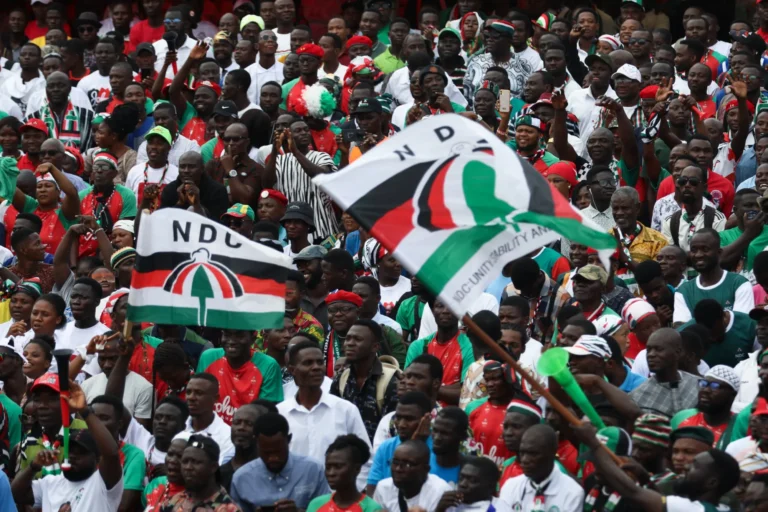
The Education Department's FAFSA inflation correction will increase student aid by $1.8 billion.
Experts warn that this shift may cause a delay in financial aid mailings.
This is merely the most recent issue in a rollout that has already proven to be troublesome.
The new Free Application for Federal Student Funding Formula will see $1.8 billion more in funding for college-bound kids this year, thanks to changes the U.S. Department of Education says it wants to make to a crucial component.
Following a months-long delay, the announcement was made a few weeks after the FAFSA’s simplified soft launch on December 30.
The 2024–25 form has been beset with issues ever since.
How student aid is impacted by inflation data
A particular concern has been with the new FAFSA’s affordability calculation, known as the “Student Aid Index,” which determines the maximum amount a household can afford to pay. Prior to the current spike in inflation, the 2020 consumer price index data used by the new FAFSA at launch was outdated.
Financial assistance adviser and author of The Princeton Review’s “Paying for College,” Kalman Chany, says that “in prior years, it wouldn’t matter all that much because of low inflation.”
“The numbers are significantly understated” in this instance.
The Education Department must update the SAI tables annually using the most recent CPI statistics, according to the Consolidated Appropriations Act.






